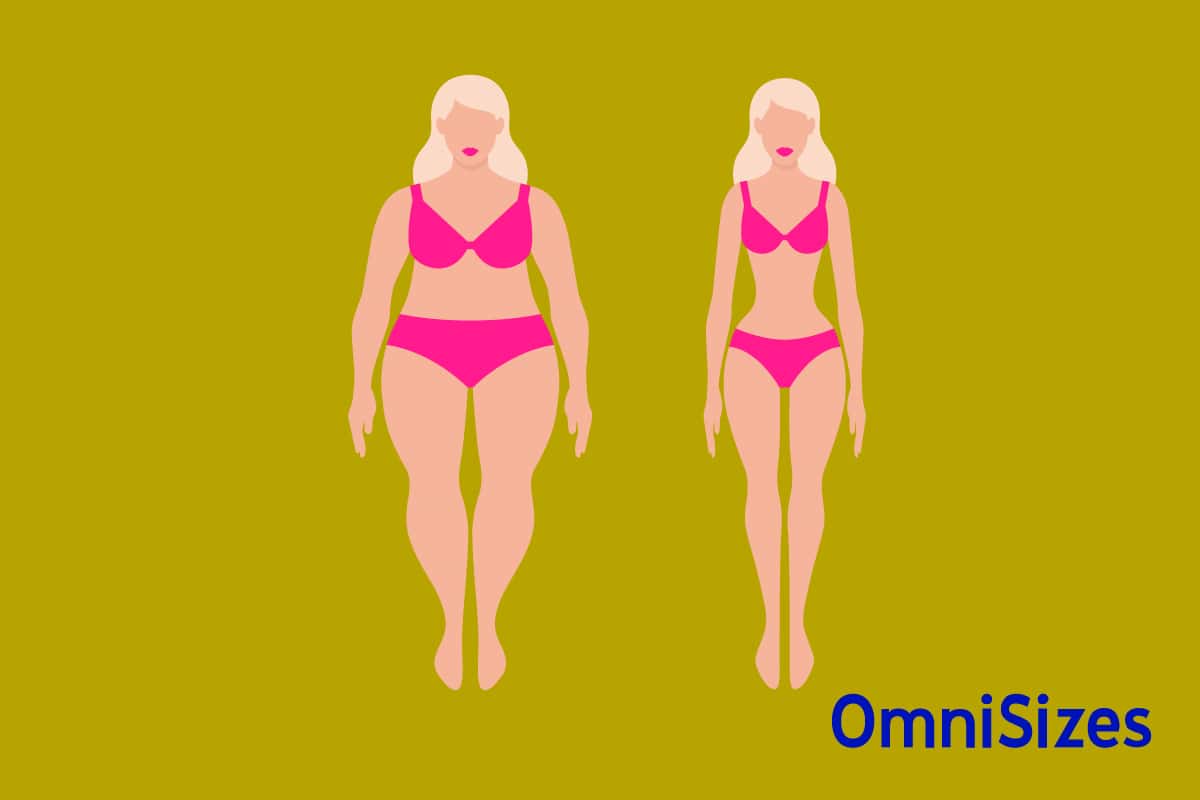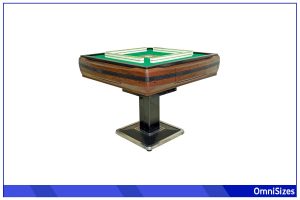Barbie, the iconic fashion doll, has been a favorite among children and collectors for over six decades. Barbie’s proportions, which many have dissected and analyzed, have evolved over the years to reflect changing beauty standards and to cater to a broader audience.
Barbie dolls usually stand about 11.5 inches (29 centimeters) tall. If Barbie were a real person, based on her playscale of 6-to-1, she would stand at approximately 5 feet 9 inches (175 centimeters) tall.
This article will dive deeper into Barbie dimensions, including how her size has changed with time and the implications of her body proportions.
Barbie’s Origin Story
Barbie, known worldwide as a symbol of fashion and beauty, has a rich history that dates back to the 1950s. From her inception, she became a household name. The story of Barbie has been about societal changes, dreams, and the vision of one woman.
The Brainchild of Ruth Handler
Ruth Handler, co-founder of Mattel, Inc., was the visionary behind Barbie. On a trip to Europe in the late 1950s, Ruth stumbled upon a German toy doll named Bild Lilli. This adult-like doll became the inspiration for Barbie.
Ruth believed there was a gap in the market for a doll that allowed young girls to imagine their futures as adults. Until then, most dolls represented infants. Ruth’s vision was revolutionary: a doll with which girls could act out future careers, adventures, and experiences.
Barbie’s Debut
The first-ever Barbie doll made her debut on March 9, 1959, at the American International Toy Fair in New York. This date is now considered Barbie’s official birthday. She wore a black and white striped swimsuit and came with a signature ponytail hairstyle.
Priced at $3, she was an instant success, with 350,000 dolls sold in the first year alone. The name “Barbie” was derived from Barbara, the Handlers’ daughter.
The Evolution of Barbie’s Look
Barbie’s appearance underwent numerous transformations. Initially, Barbie had arched eyebrows and a coy side glance. By the late 1960s, she sported a more youthful and modish look. As fashion and beauty standards evolved, so did Barbie.
She has been given different hair colors, styles, and even facial structures. The 1980s saw Barbie with a wider smile, while the 2000s introduced various body types and skin tones.
Standard Barbie Dimensions
When you think of dolls, Barbie is often the first name that springs to mind. Her iconic figure has been the center of admiration and countless discussions. But what exactly are the standard dimensions of this famous doll?
Height
In doll form, Barbie stands approximately 11.5 inches tall. If translated to a real-life scale, this would make Barbie around 5 feet 9 inches (175 centimeters) tall. This height has often been noted because, compared to average human height, Barbie stands quite tall, giving her a distinct and prominent stature.
Waist and Hip Measurements
Originally, Barbie’s waist measurement was notably slim. If scaled to human size, her waist would be around 18 inches, with hips measuring approximately 33 inches.
Due to feedback and changing societal standards, Mattel introduced variations in these measurements. Today, Barbies come in different body types, including curvy models, which provide a more diverse representation of body sizes.
Bust and Shoulder Width
Barbie’s bust has also been a point of discussion. Initially, her bust, when scaled to life-size, would measure around 32 inches, with an underbust of 22 inches. Her shoulder width, in comparison, would be approximately 28 inches. These proportions have undergone changes with the introduction of various Barbie models.
Leg Length and Foot Size
Barbie’s legs, proportionally longer than an average human’s, give her a model-esque appearance. If Barbie were a real person, her legs would make up more than half her height, with an inseam of around 36 inches.
Her feet, designed primarily to fit snugly into stiletto heels, measure roughly 0.7 × 1.8 inches in doll scale. This petite foot size has been both adored for its daintiness and criticized for its impracticality in real-life standards.
Implications of Barbie’s Proportions
Barbie’s proportions, particularly in her early days, reflected the fashion world’s ideals of the time. The slender waist and long legs mimicked the model physique prominently showcased in magazines and runways.
Barbie’s measurements, if scaled to a human, are often considered unrealistic. Concerns have been raised about the potential influence of such proportions on young minds, suggesting they might foster unrealistic beauty standards. This conversation has been pivotal in pushing for more diverse doll dimensions.
Barbie’s dimensions have indirectly influenced the toy and fashion industry for dolls. Her wardrobe, designed to fit her unique proportions, set a standard for other doll manufacturers
Variations in Barbie Dimensions
Barbie’s legacy in the toy world is unmatched, but a one-size-fits-all approach doesn’t hold true for her anymore. The world has seen variations in Barbie’s dimensions over the decades.
Petite Barbie
The petite Barbie variation stands slightly shorter than the original at 10.5 inches. Resembling a person of shorter stature when scaled to human size, this model is around 5 feet 2 inches tall (157 centimeters).
Her overall proportions are scaled down to represent a petite frame, giving young doll enthusiasts a version that might resonate more with their own stature or that of those they know.
Curvy Barbie
One of the more recent and widely discussed additions to the Barbie family is the curvy model. She has a fuller figure, with a wider waist, bust, and hip circumference, moving away from the ultra-slim mold of the original Barbie. This design aims to represent a more average or fuller figure to align more with real-world body diversity.
Barbie’s Footwear and The Flat Foot Variation
For much of her existence, Barbie had arched feet, perennially ready for high heels. Recognizing the need for diversity in footwear choices, Mattel introduced a Barbie with flat feet around the 2010s. This allowed for a broader range of shoe styles, from sneakers to sandals.
Diverse Skintones and Facial Structures
While not strictly a dimension, Barbie’s skin tone and facial features have seen vast expansions. From a singular fair-skinned model, today’s Barbie range includes a palette of various skin tones representing multiple ethnicities. The facial structures, too, have been revised to showcase a variety of nose shapes, lip sizes, and eye configurations.






